Mother’s nourishment

Image Source
Wondering which milk is the best to drink? The answer is, it depends. For weight loss, almond milk is the clear winner with the lowest number of calories, however it lacks healthy fat, has low energy density, and is highly processed. Almond milk also has the most nutritional value of plant milks. However, cow’s milk, especially high-fat milks like half and half, have a greater amount of Vitamins A, E, D, and K2 which is great for calcium metabolism and heart health. High fat cow’s milk is also less processed than plant milks, especially in raw form (though raw animal milk can carry food-born illness because it’s not pasteurized).
Let’s look more closely.
Overview of cow’s milk (whole milk)

Image Source
Milk is a complex biological fluid consisting of seven main components: water, fat, protein, sugar (lactose), minerals, vitamins and enzymes. It could also be described as a true aqueous solution of lactose, salts and a few other minor compounds, which is emulsified with fat and supports a colloidal dispersion of proteins. The opacity of milk is due to its content of suspended particles of fat, proteins and certain minerals. The colour varies from white to yellow according to the colouration (carotene content) of the fat. Skimmed milk is more transparent with a slightly bluish tinge. Milk of a good flavour has a pleasant, slightly sweet taste, and no odour. It is an excellent source of calcium, phosphates and riboflavin. Vitamin A and D are currently added to whole milk, partly skimmed and skimmed milk.
Scientific investigation in the field of modern nutrition has made clear the fundamental reasons why milk is an essential part of the human diet.
Fluid milk, the chief product of the dairy industry, is made from raw milk (obtained from healthy cows) and has been modified only to the extent that it has been heat treated (pasteurization, cooling) and homogenized. Standardization of the milk fat content is practiced in order to produce the three most common varieties of fluid milk: whole (3.25% fat), partly skimmed (2% fat or 1% fat) and skimmed (0.1% fat) milk. Pasteurization is the minimum and mandatory heat treatment for fresh milk and is required for public health reasons. Cooling and storage of pasteurized milk at 4 – 5.C throughout the distribution chain is necessary for quality assurance purposes. Homogenization improves the desirability of milk as a drink by giving it a full body, a richer taste and a whiter appearance. Homogenization also prevents cream separation.
Cow’s milk is one of the most important sources of healthy and functional food ingredients. Its full potential can be appreciated by taking into consideration its wide variety of food industry applications. Fluid milk, in forms ranging from whole milk to skimmed milk, is the main ingredient purchased by dairy processors and manufacturers of yogurt and other high quality fermented milk products. In addition, cheese plants and frozen dessert manufacturers purchase fluid milk in bulk quantities. Its unique functional properties, flavour, nutrition and multiple end uses in further processing are well documented.1
Overview of plant-based milk

Image Source
Common plant milks are almond milk, coconut milk, rice milk, and soy milk. Other plant milks include hemp milk, oat milk, pea milk, and peanut milk. A blend is a plant milk created by mixing two or more types together. Common examples of blends are almond-coconut milk and almond-cashew milk. Although there are variations in the manufacturing of plant milks according to the starting plant material, as an example, the general technique for soy milk involves several steps, including:
- cleaning, soaking and dehulling the beans
- grinding of the starting material to produce a slurry, powder or emulsion
- heating the processed plant material to denature lipoxidase enzymes to minimize their effects on flavor
- removing sedimentable solids by filtration
- adding water, sugar (or sugar substitutes) and other ingredients to improve flavour, aroma, and micronutrient content
- pasteurizing the pre-final liquid
- homoginizing the liquid to break down fat globules and particles for a smooth mouthfeel
- packaging, labeling and storage at 1 °C (34 °F)2
Comparison with cow’s milk

Image Source
Generally, because plant milks are manufactured using processed extracts of the starting plant, plant milks are lower in nutrient density than dairy milk and are fortified during manufacturing to add precise levels of micronutrients, commonly Calcium and Vitamins A and D. Nutrients must be added to the plant-milk in order to mimic the nutritional content of cow’s milk. In general, plant-milks have a lower energy density which means they have less energy/mass than cow’s milk.
The actual content of the highlighted plant in commercial plant milks may be only around 2%. Other ingredients commonly added to plant milks during manufacturing include guar gum, xanthan gum, or sunflower lecithin for texture and mouthfeel, select micronutrients (such as calcium, B vitamins, and vitamin D), salt, and natural or artificial ingredients—such as flavors characteristic of the featured plant—for aroma, color, and taste. Unlike plant-milks, the nutrition in cow’s milk is completely natural and, even though there are additives sometimes (like vitamin D) the milk doesn’t need to be engineered.3
What type of milk is right for you?
Again, this depends on your objective. For weight-loss, almond milk is best. For vegans, soy milk is best because of its superior protein value. For athletes, cow’s milk is probably best because of the high amount of energy. For keto, whole milk or half and half is best because of the low amount of carbs and high amount of fat. Worried about your carbon footprint? Oat milk is the clear winner.4
1 – http://www.milkingredients.ca/index-eng.php?id=182
2, 3 – https://en.wikipedia.org/wiki/Plant_milk
4 – https://climatesociety.ei.columbia.edu/news/how-oat-milk-can-help-save-environment
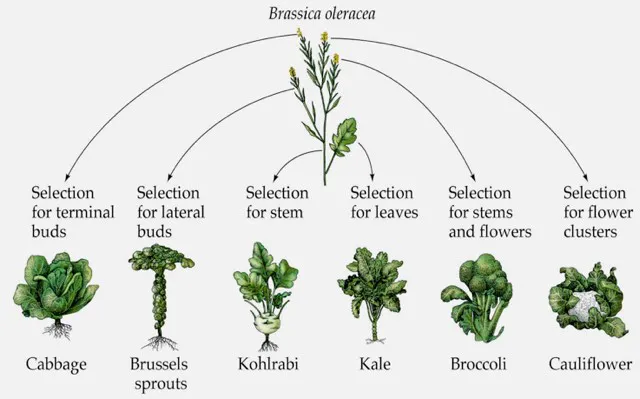

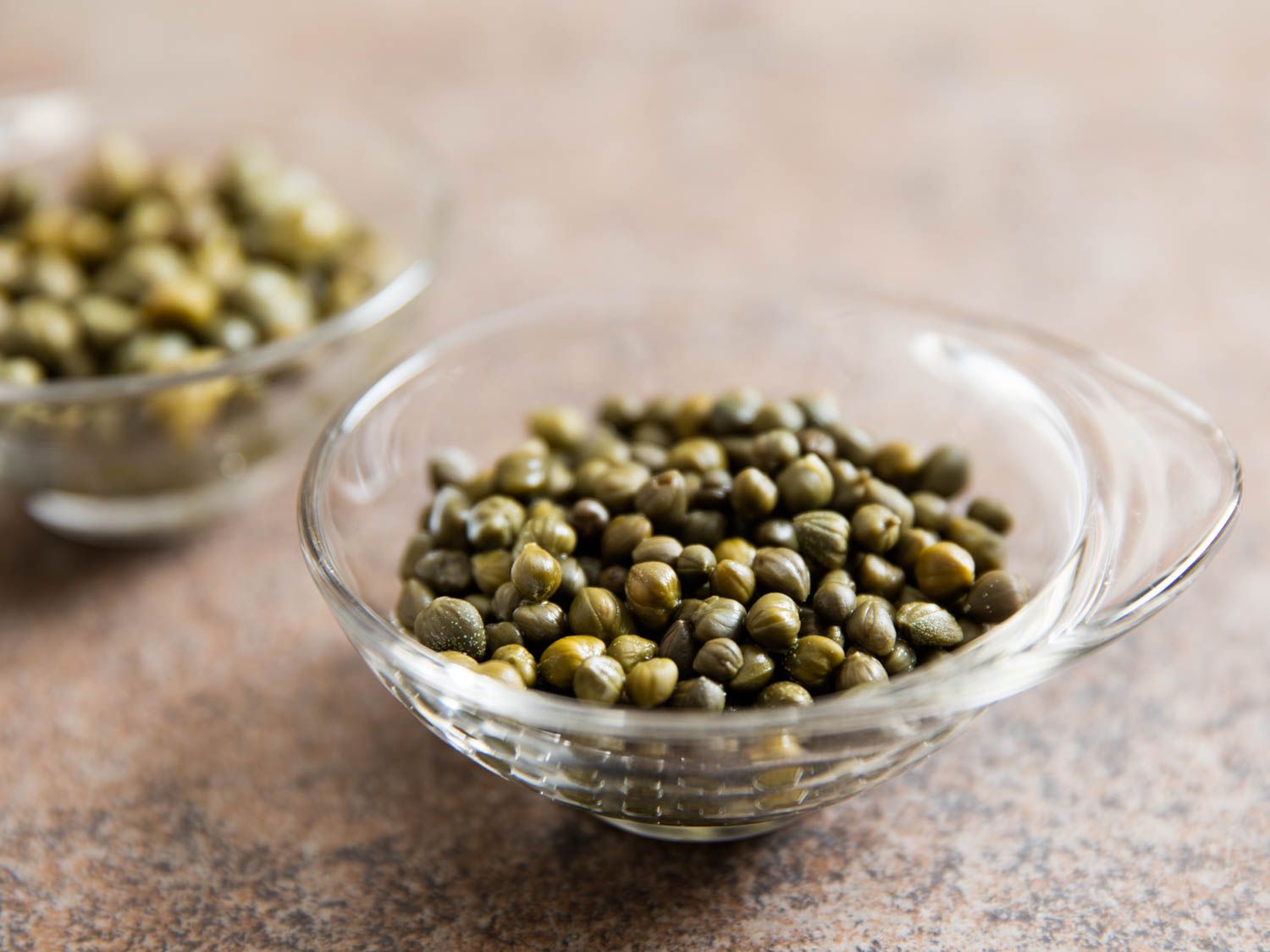

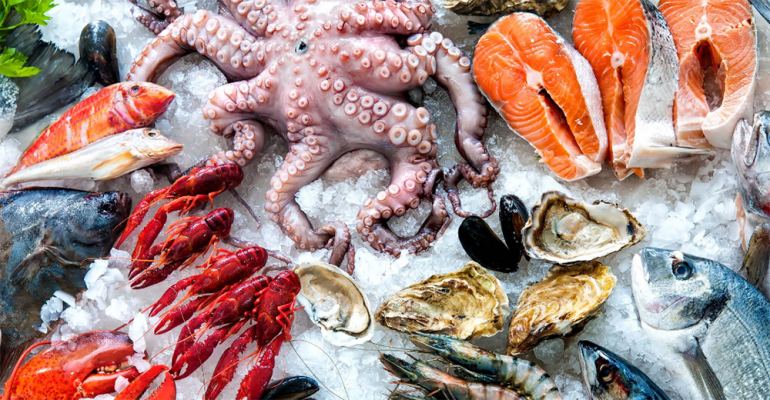

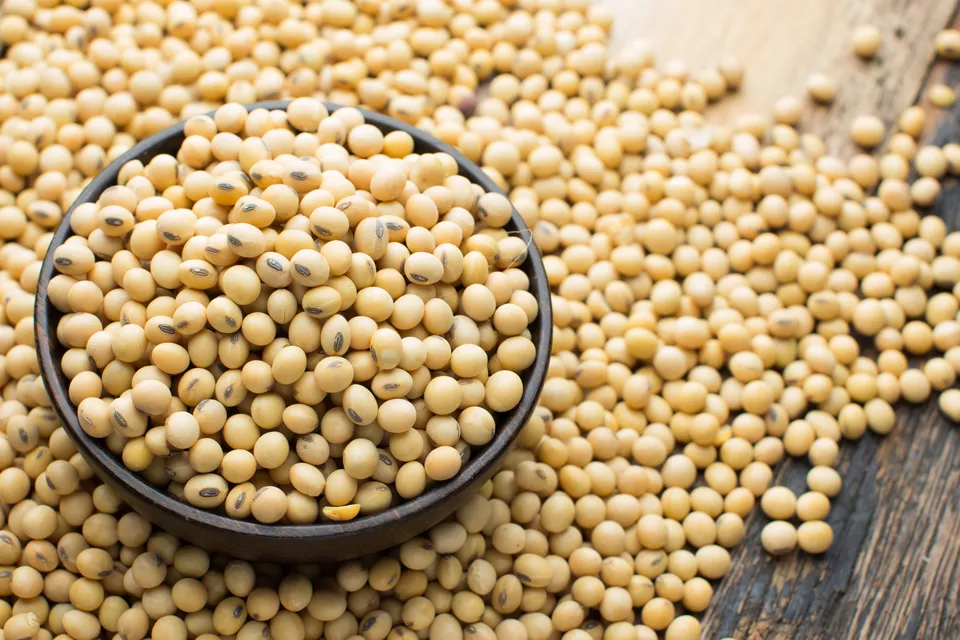
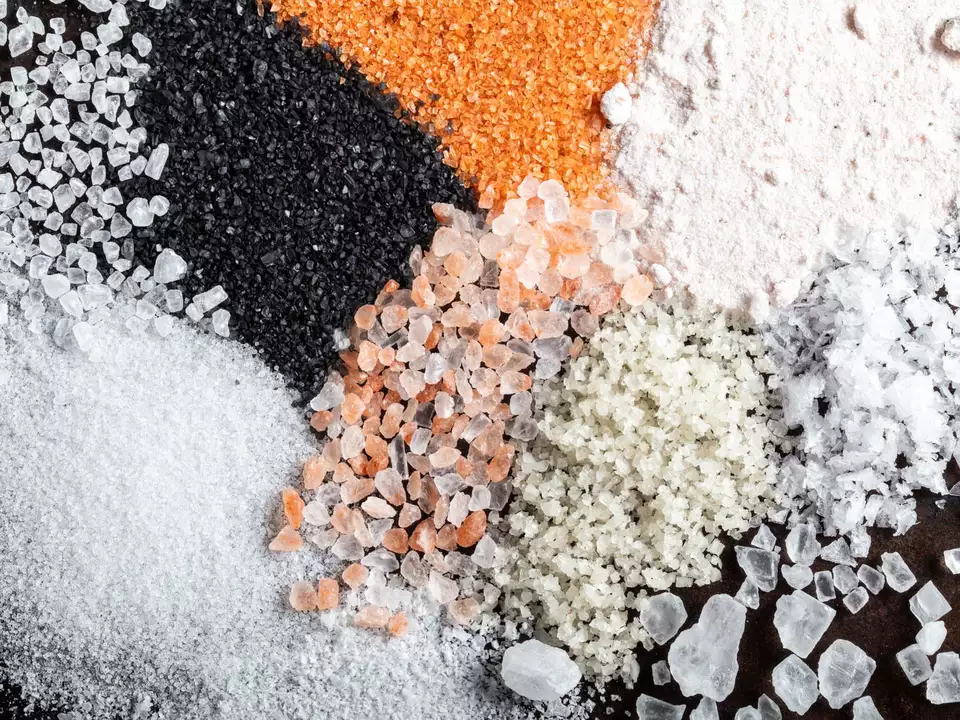











 The Wellness System
The Wellness System